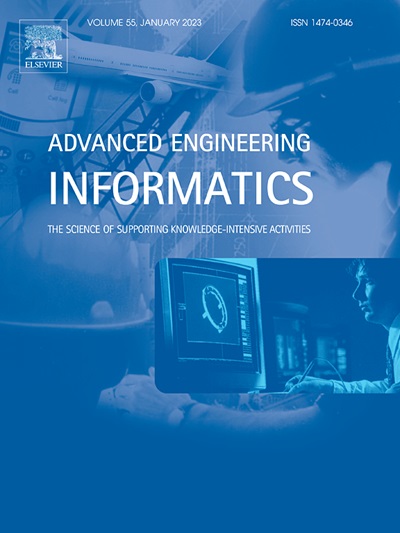Biologically inspired compound defect detection using a spiking neural network with continuous time–frequency gradients
IF 8
1区 工程技术
Q1 COMPUTER SCIENCE, ARTIFICIAL INTELLIGENCE
引用次数: 0
Abstract
Compound defects frequently arise, posing serious threats to the reliability and safety of machines as their structures become increasingly complex. Traditional approaches primarily rely on deep learning algorithms based on artificial neural networks. However, these methods cannot fully replicate the information transmission functions of human brain neurons, resulting in limited biological interpretability and reduced reliability in practice. To address this challenge, this paper introduces a biologically inspired approach for compound defect detection using a spiking neural network with an improved pooling layer. The proposed method integrates a specially designed spiking neuron with a wavelet packet pooling mechanism (WPPM), forming the WPPM-spiking neural network (WPPM-SNN) model. This model employs spiking layers enhanced by a wavelet gradient, enabling it to adeptly extract nuanced features from preprocessed samples with compound defects. Specifically, WPPM simulates the wavelet transform within the pooling layers, based on mathematical analysis. This model was studied on both laboratorial and engineering verifications, achieving composite defect accuracies of 99% and 84.79%, respectively. Compared with popular deep models, the proposed model demonstrated accuracy improvements of 6.92% and 5.87%, respectively. Those empirical results on multiple evaluation metrics clearly demonstrate that the WPPM-SNN model significantly outperforms popular multi-label learning techniques in detecting compound defects.
求助全文
约1分钟内获得全文
求助全文
来源期刊

Advanced Engineering Informatics
工程技术-工程:综合
CiteScore
12.40
自引率
18.20%
发文量
292
审稿时长
45 days
期刊介绍:
Advanced Engineering Informatics is an international Journal that solicits research papers with an emphasis on 'knowledge' and 'engineering applications'. The Journal seeks original papers that report progress in applying methods of engineering informatics. These papers should have engineering relevance and help provide a scientific base for more reliable, spontaneous, and creative engineering decision-making. Additionally, papers should demonstrate the science of supporting knowledge-intensive engineering tasks and validate the generality, power, and scalability of new methods through rigorous evaluation, preferably both qualitatively and quantitatively. Abstracting and indexing for Advanced Engineering Informatics include Science Citation Index Expanded, Scopus and INSPEC.
 求助内容:
求助内容: 应助结果提醒方式:
应助结果提醒方式:


